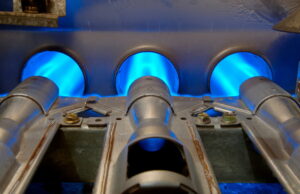The colder months mean hot cocoa, warm sweaters, and higher thermostats. While these days may symbolize a generally cozier atmosphere, moments like these only work if you have your home’s temperature set just right. While some of our home heaters work just fine, when the temperatures start reaching freezing levels it gets hard to just rely on the heater alone.
In order to improve your experience during the winter months, we’ve put together a list of some of the best ways to get your heater pumping out as much heat as it can in an efficient and simple way.










